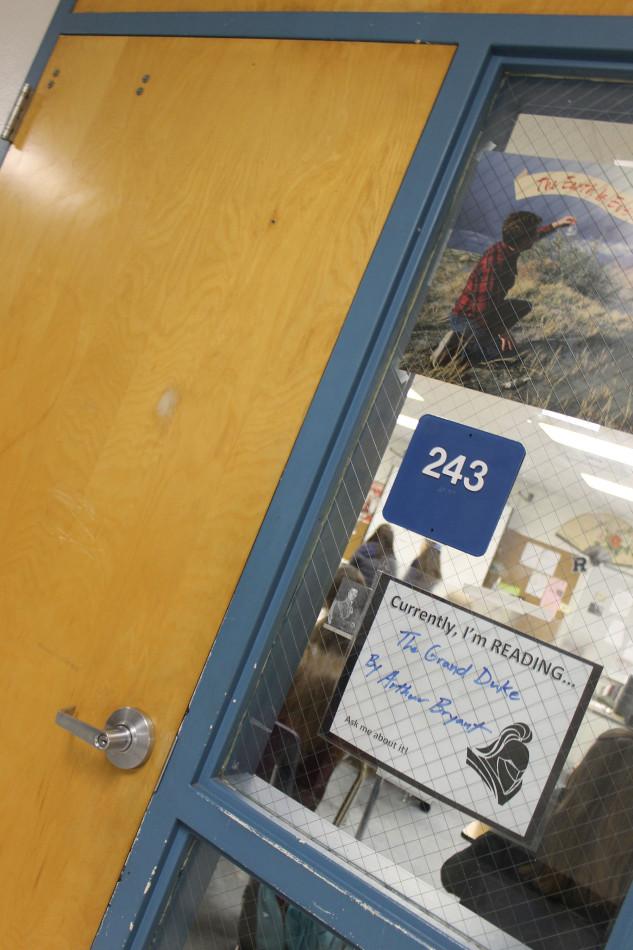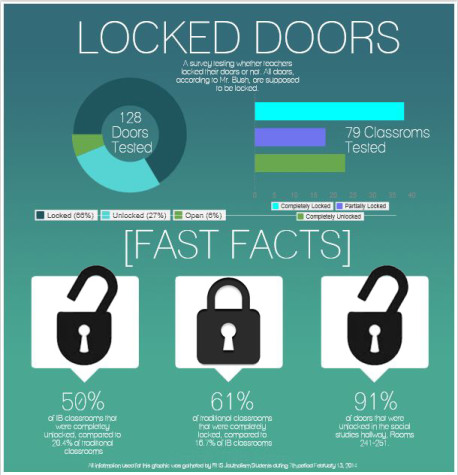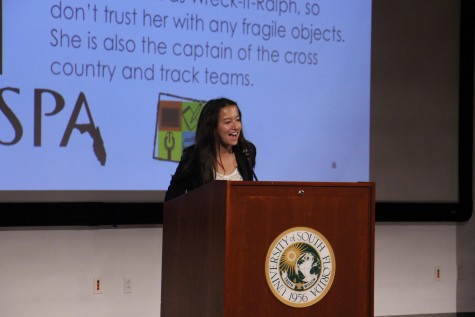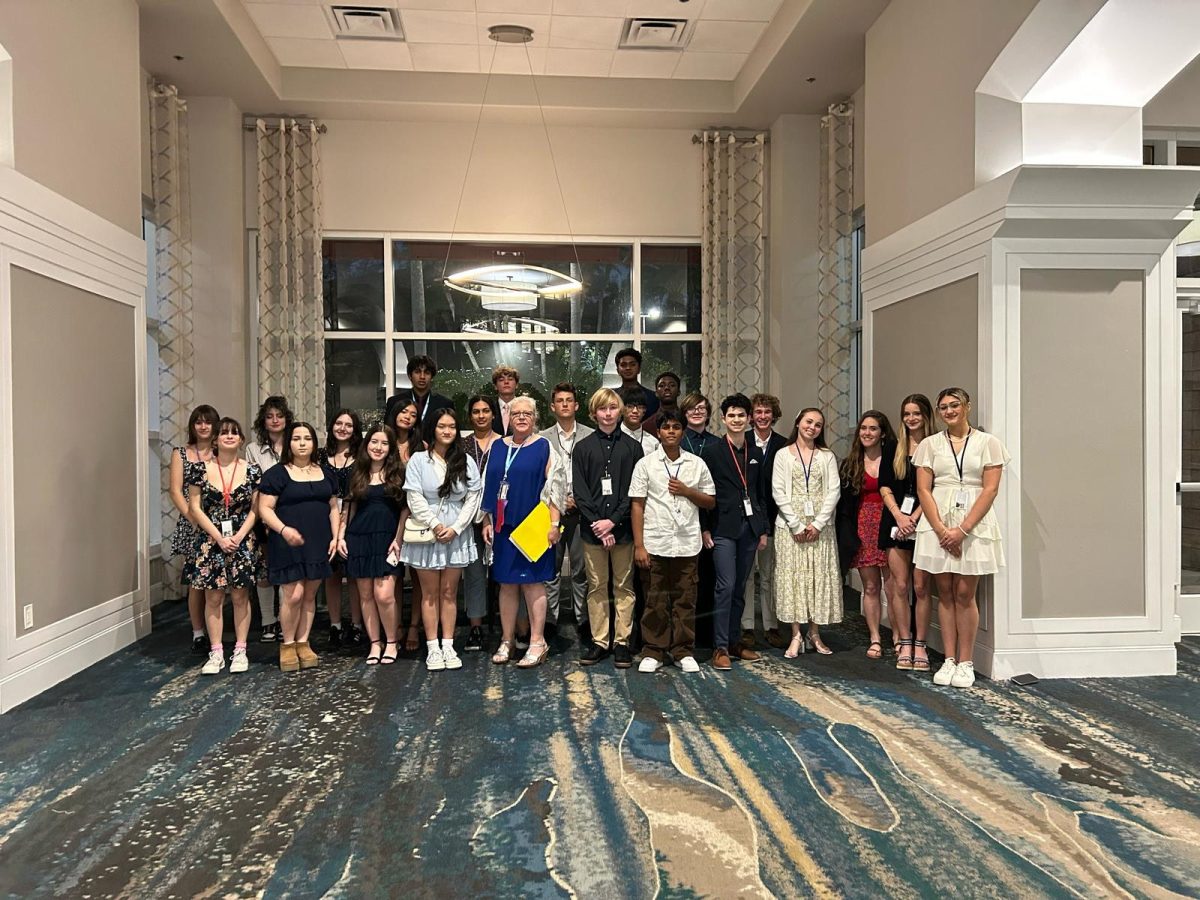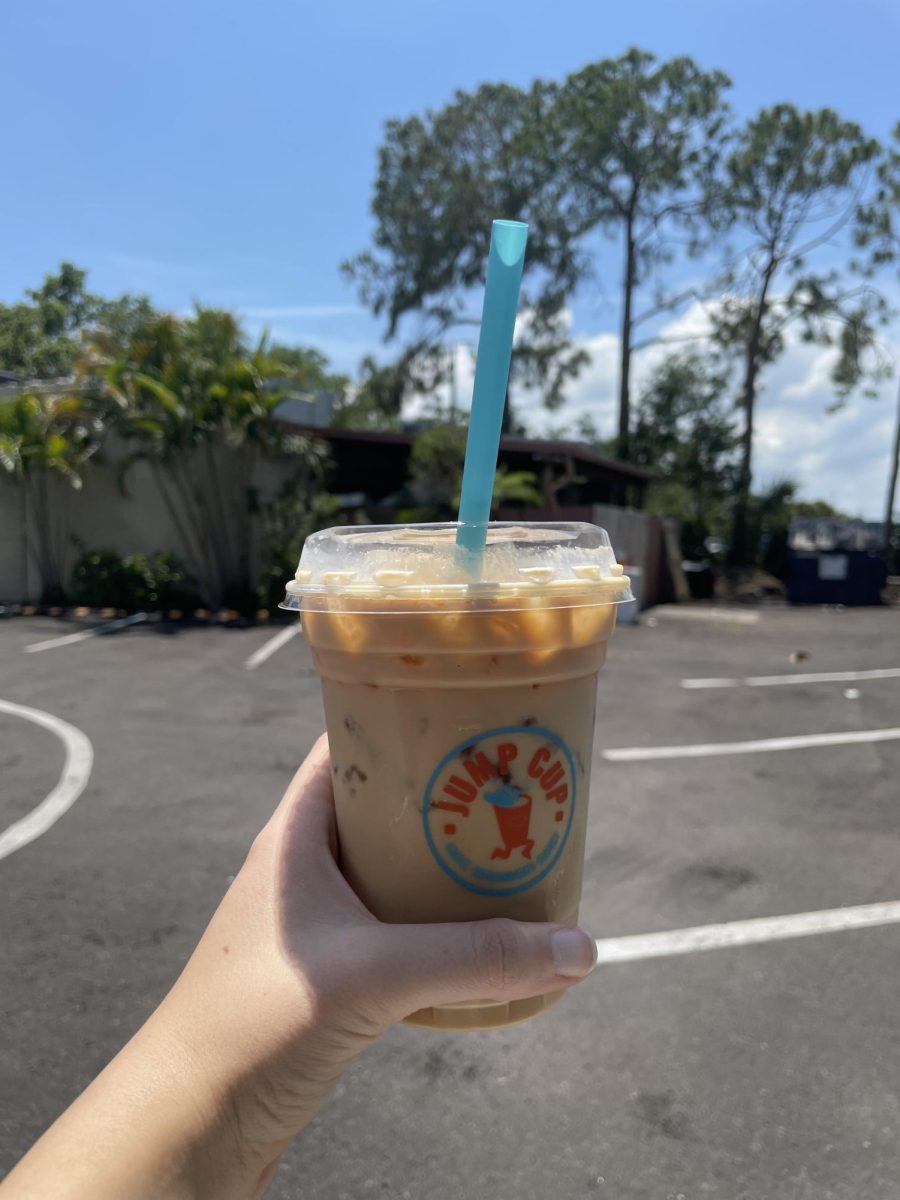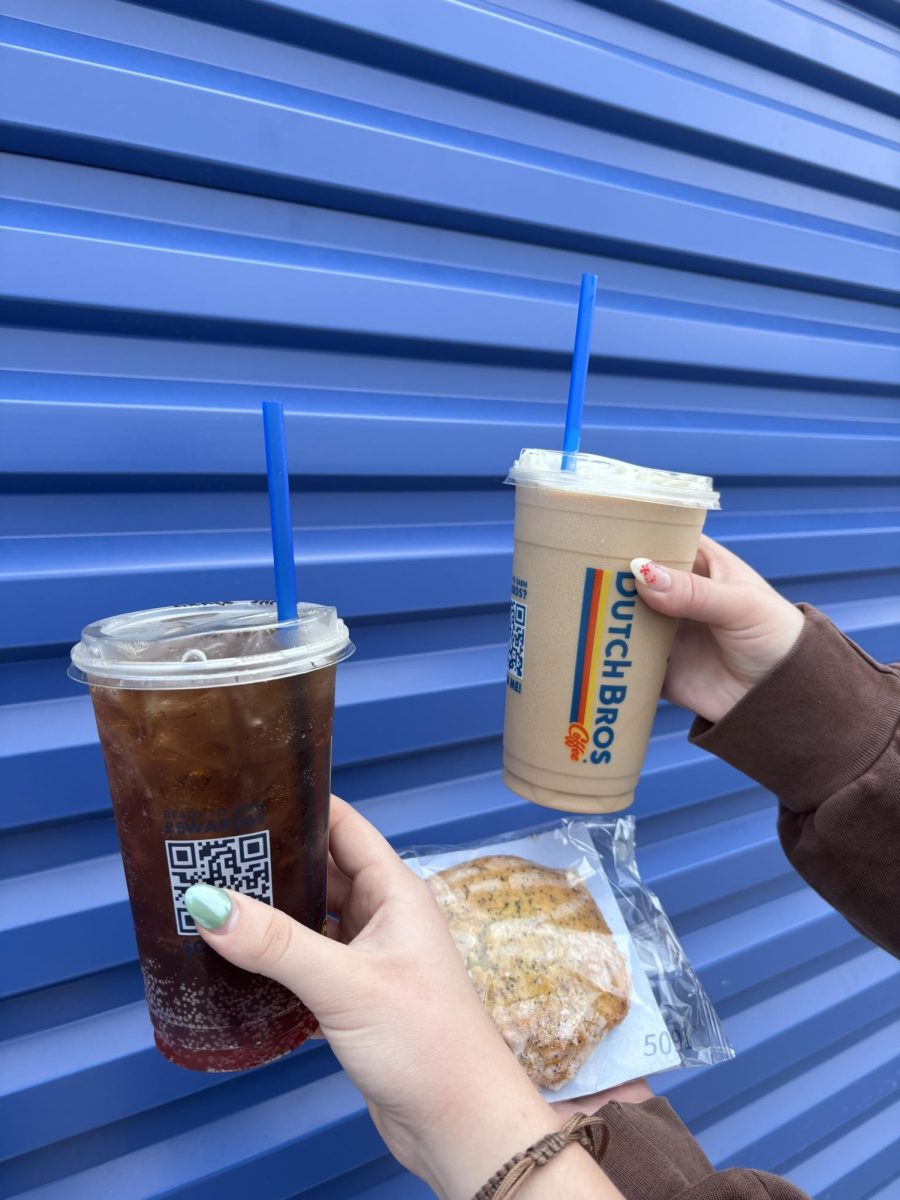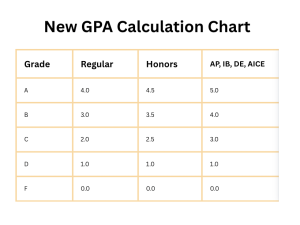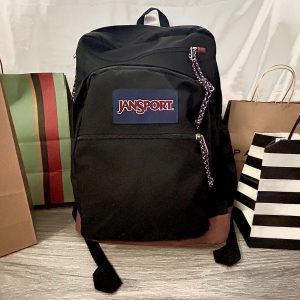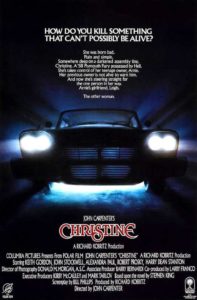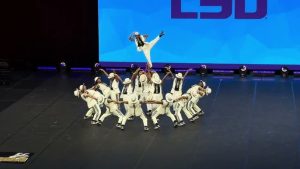School Safety Part II: Locked Doors
February 20, 2014
Part two of a three part series on safety and security in schools.
PART 2: SECURING THE SCHOOL AND LOCKED DOORS
Securing a campus of 1,573 students is no easy job, but it is the number one priority for Principal Johnny Bush. With the help of funding from the district security department and Robinson High School Foundation, and the money budgeted for security, new security measures will be put in place to help make the campus more secure: additional security cameras, fences put up around senior picnic area running up to the baseball field, brighter lighting around the neighborhood, and a push key entry that will require visitors to buzz in before coming on campus. “I don’t know if you can be too safe anymore. I’d be untruthful if I said that I don’t think about each night positive things that we got through the day with all these kids and all these teachers and other employees here,” said Bush. “You don’t sit easy when something happens at another school or [when] another school goes into lockdown. The wheels in your head start turning. It’s kind of nerve-wracking.”
For Bush, incidents like those at Sandy Hook have made him more aware of the security measures needed to be put into place. “Absolutely it does make you feel more unsafe,” said Bush. “It’s unfortunate that people have to hear about something in order to take safety measures, and I’m included. You don’t hear anything about texting and driving until someone dies, and then you want to pay more attention to it. So [now] I’ve made a cognizant effort to not distracting myself when I’m behind the wheel of the car. Same thing with the school, we’ve made more of an effort to be walking around now, and I shoot out emails to tell teachers, hey, lock your doors, take safety measures, and take care of the children that belong to other people.”
According to Bush, all teachers should have their doors closed and locked during class time. But a survey done by RHS journalism students testing 128 doors and 79 classrooms at Robinson showed that not all teachers followed this directive. Done during the 7th period for traditional teachers and period 14 for IB teachers, each doorknob was tested to see whether it was locked, and any open doors were also recorded. The survey was done without prior notice given to teachers as to get the most accurate data possible, and all doors were tested in the same time frame and day, about 2:05-2:20PM. Of the 79 classrooms, the majority, 41 classrooms, (51.9%) had one or more unlocked or open doors, and 38 classrooms were completely locked (48.1%).
Differences between IB and traditional classrooms differed greatly. Of the 24 IB classrooms, the majority, 12 classrooms (50%), were unlocked. Only 4 (16.7%) were completely locked. In the 54 traditional classrooms, the majority, 33 classrooms (61.1%), were completely locked. Only 11 (20.4%) were completely unlocked, over half the percentage of unlocked IB classrooms.
Craig Everhart, an IB Biology teacher, had one door open and the other unlocked during the survey. “I keep my doors locked for every class except JA (an IB study hall) because [in JA] people are constantly coming and going between electives and other classes and someone would always have to get up to get the door. In JA, I am not teaching and can keep an eye on who is coming in and out,” said Everhart, who, during the survey, had a research class. “During my other classes it [keeping the doors locked] helps because it limits the students coming in and out of class.”
In the social studies hallway, rooms 241-251, 10 classrooms were unlocked, and only one classroom- Kevin McCray’s- was locked. “It’s what we are told to do. It’s a nuisance that if a student has to come into class [late] it’s a disruption,” said McCray. “[But] certainly if something did happen and it prevented a kid from getting injured, it’d be worth it.”
And locked doors can help in prevention and securing classrooms in the unlikely event of an active shooter; in the Sandy Hook shooting, both of the classrooms shooter Adam Lanza went into were unlocked, and when faced with a barricaded interior door that the teacher would not open after he yelled, ‘Let me In!’, he did not attempt to use force to get inside.
With situations like school shootings in mind, Bush offered a last piece of advice to teachers who keep their doors unlocked. “It doesn’t happen very often. But, if it did happen, they’d feel very bad [the situation]; if something as simple as locking a door could have prevented it. “
*********************************
A boy in a sweatshirt sits outside on a bench near the main office. Principal Johnny Bush has been watching him for a couple of minutes now, and, noticing he hasn’t moved at all, strides over to the boy.
“Young man,” he says, “What are you doing?”
The boy looks up, says something about going to his locker, but he’s been sitting there for a while now, and Bush knows it.
“Where are you supposed to be?” he asks. The boy tells him lunch, and Bush waves him in the direction of the cafeteria.
“Go back to lunch,” he says. “And don’t let me catch you out here again, or you’ll be in trouble.”

